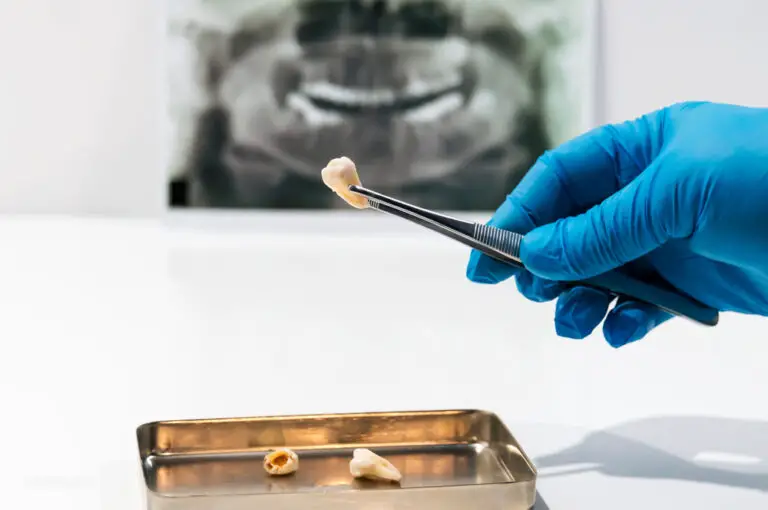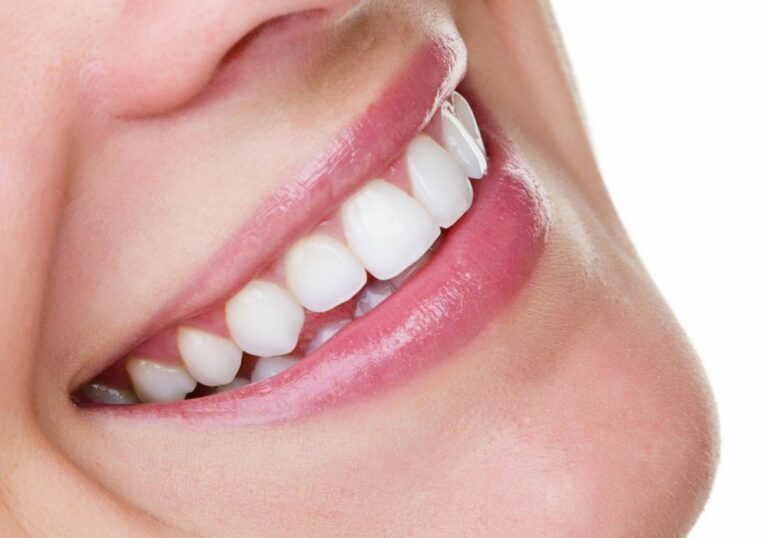It’s very common for orthodontists to recommend extracting, or removing, some permanent teeth as part of an orthodontic treatment plan. There are several valid reasons why your orthodontist likely advised removing four specific teeth before starting braces or other appliances. While no one wants to lose their teeth, these extractions serve an important purpose in achieving proper tooth alignment and a balanced, healthy bite. Understanding why this is sometimes necessary can help you better appreciate the benefits of your customized treatment plan.
Detailed Reasons for Removing Teeth
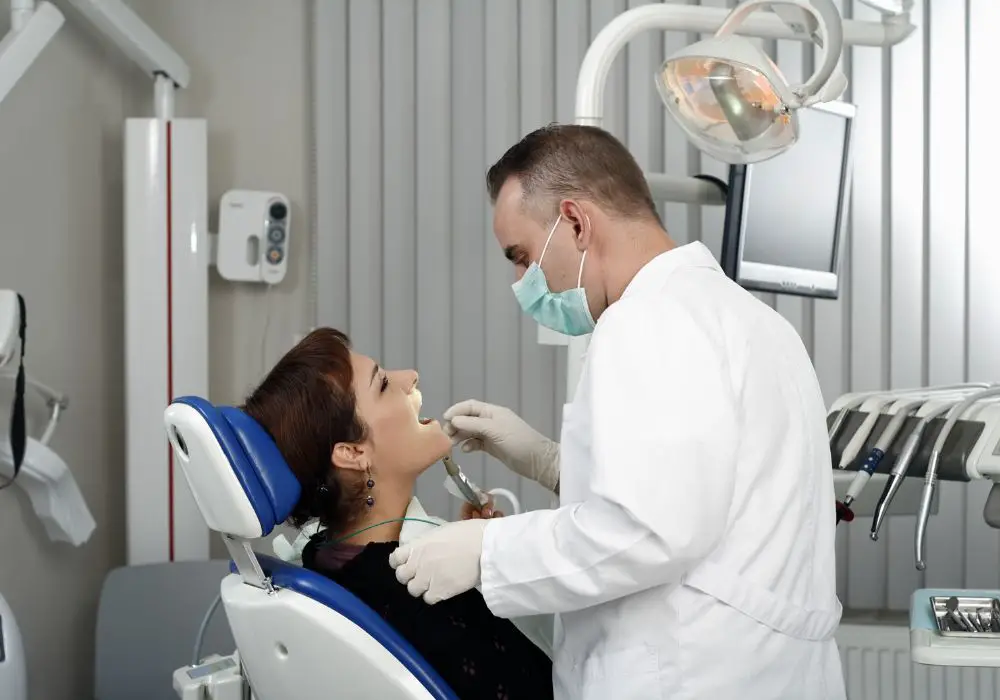
Here is a more in-depth look at some of the most common reasons orthodontists recommend extracting teeth:
Relieving Crowding and Creating Space
One of the top reasons for extracting teeth is to relieve crowding and create enough space to properly align the remaining teeth. Crowding occurs when there are too many teeth for the amount of available jawbone space. This is especially common when patients have an overbite or smaller jaw sizes. Extracting four teeth creates the room needed for the rest of the teeth to shift and straighten into ideal position.
For example, if the bottom row of teeth is jammed together due to insufficient jawbone length, removing the four first premolars can relieve that crowding. This allows the front teeth to be pulled back and the back teeth to be pulled forward slightly into a straighter alignment.
Improving Upper and Lower Jaw Alignment
In some cases, removing four teeth facilitates the upper and lower jaws aligning correctly with each other. Jaw misalignment can greatly impact the bite. For instance, an underbite often involves the lower row of teeth extending out further than the upper row. This is sometimes combined with overcrowding on the lower jaw.
By extracting the four lower premolars, the front bottom teeth can shift back into a better position, and the top and bottom rows align correctly. This dramatic improvement in the bite may not be possible without first creating space through extractions.
Allowing Appliances to Work Effectively
Braces, clear aligners like Invisalign, and other orthodontic appliances require adequate spacing between teeth to work correctly. When teeth remain crowded and misaligned, there is simply not enough room for the appliances to properly straighten and move the teeth. Expanding the dental arches through extraction provides the space appliances need.
For example, clear aligner trays utilize incremental forces to gradually shift teeth position. If there is insufficient space, the aligner cannot generate the lateral forces required to effectively rotate, tip, and torque crooked teeth into proper alignment. Removing four teeth is often necessary to enable appliances to function optimally.
Supporting Long-Term Dental Health
In some situations, leaving severely crowded, crooked teeth in their existing positions can lead to problems like advanced gum disease, chipped enamel, and uneven wearing of the tooth surfaces over time. Extracting some compromised teeth can support better long-term dental health and function.
For instance, overly rotated teeth are difficult to clean properly. This allows more plaque to accumulate, eventually causing gum inflammation and bone loss. Removing problem teeth that cannot be properly aligned may reduce the risk of periodontal disease.
Preventing Impacted Tooth Problems
When back teeth are blocked from erupting fully due to crowding, they can become wedged below the gums in an impacted position. This traps the teeth in the jawbone and can lead to complications like infection, cysts, and damage to adjacent teeth. Extracting obstructing teeth is often necessary to allow impacted teeth to erupt normally.
For example, the second molars are often blocked from erupting by the first molars when there is crowding. Removing the first molars alleviates impaction of the second molars. Extractions may be recommended to avoid future impaction issues.
Enabling Anchorage for Orthodontic Appliances
Certain orthodontic procedures require removable appliances that connect to bands cemented around selected teeth. These banded anchor teeth provide stability for applying pressures against other teeth. Sufficient space is needed to allow proper fit and function of anchor appliances.
Orthodontists may extract teeth to create room for these important anchorage devices. For example, a Herbst appliance has anchoring bands on the upper and lower first molars. If these molars are misaligned due to crowding, the four premolars may need extraction so the molars can be repositioned to accept the appliance bands.
How Orthodontists Determine Which Teeth to Extract
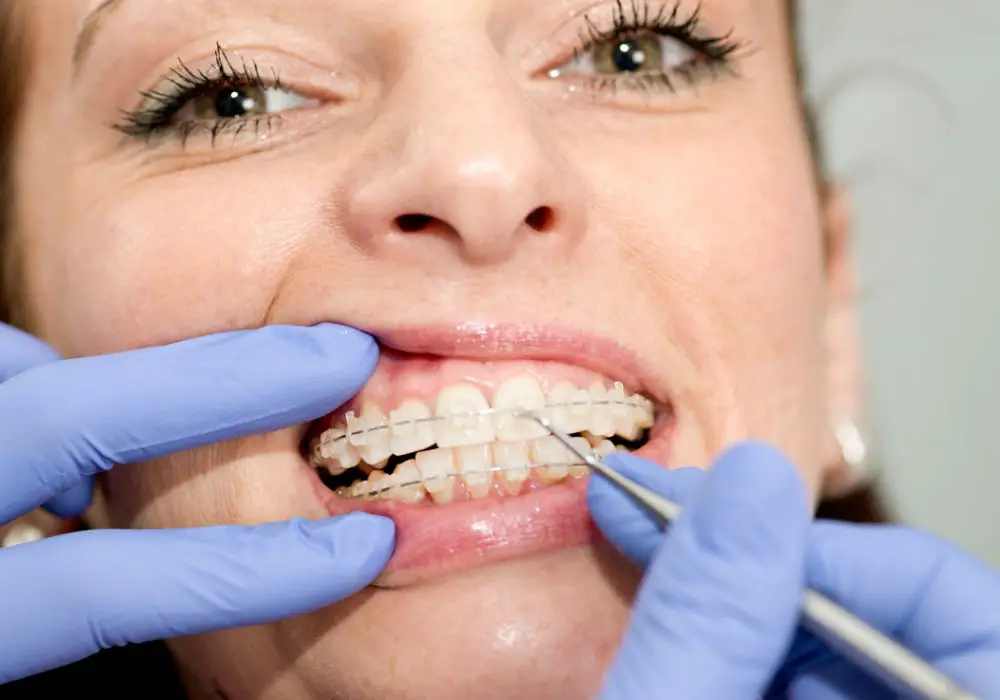
Choosing which four teeth to extract is a strategic decision based on many factors:
- Location of crowding
- Position of impacted or blocked-out teeth
- Underlying jaw size and shape issues
- Goals for correcting underbites or overbites
- Aesthetic impacts of extraction sites
- Need for anchorage for appliances
The four teeth most often extracted are the first premolars on the upper and lower jaws. Here’s why orthodontists favor extracting premolars:
- Premolars have no anterior tooth counterpart. Removing them leaves no visible gap between front teeth.
- The size and shape of premolars make them easier to extract intact than larger molars.
- Premolars have relatively small root structures compared to canines and incisors.
- Premolars play less of a role in anchorage for chewing compared to molars.
- The location of premolars allows good space distribution when removed.
However, depending on the treatment plan, the orthodontist may advise extracting other tooth types, including:
- Incisors – front middle or lateral teeth
- Canines – pointed eye teeth
- Additional premolars – second premolars
- Molars – back grinding teeth
In some cases, teeth on just one jaw may require extraction. The orthodontist will recommend removing the ideal combination of four teeth on the upper and/or lower arches to accomplish the treatment goals.
What to Expect During Extractions
For patients who have never had a tooth extracted before, it’s natural to feel anxious about the process. However, extractions performed by experienced orthodontists are quick and typically painless procedures. Here is an overview:
- Local anesthetic is administered, so you will not feel any pain or discomfort during the procedure. You may feel some pressure as your mouth becomes numb.
- Once fully numbed, the orthodontist uses dental instruments to loosen the tooth and surrounding gum tissue.
- The tooth is then carefully rocked out of the socket in the bone. At times the tooth may be sectioned if needed.
- The socket is cleaned and rinsed thoroughly after removal. Stitches are sometimes placed to help the gums heal.
- Gauze is placed and bitten on firmly to control bleeding. You’ll need to maintain pressure for 15-30 minutes.
- Post-care instructions are provided, like avoiding hard foods, keeping gauze in place until bleeding stops, and taking ibuprofen for pain.
Proper healing typically occurs within 1-2 weeks. Your orthodontist will evaluate the extraction sites at follow-up appointments before fitting braces or other appliances.
The Benefits of Thoughtfully Planned Extractions
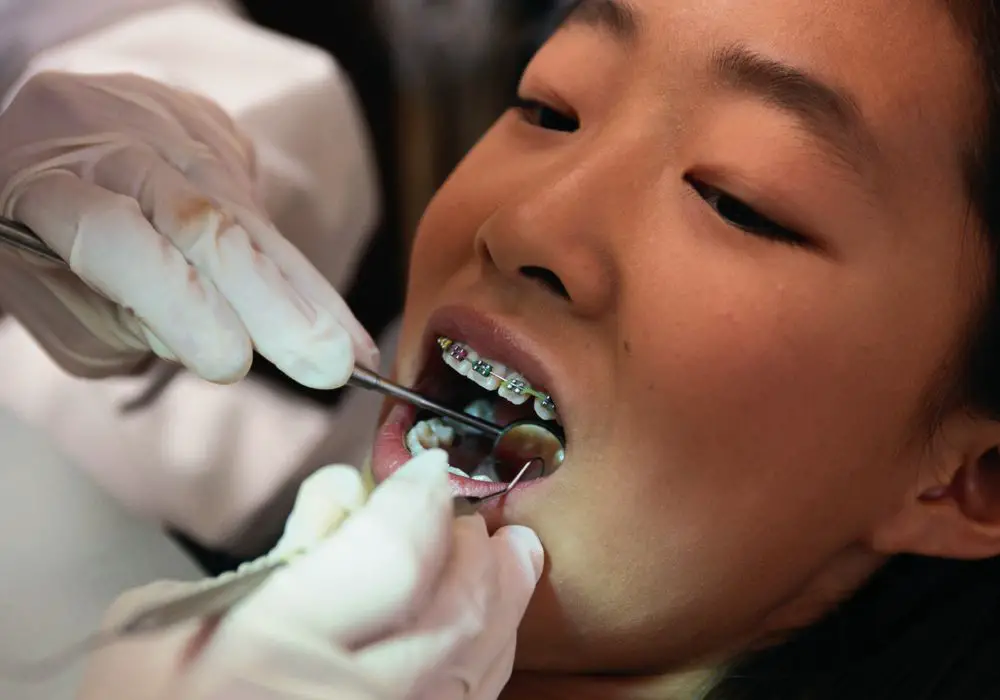
Although losing permanent teeth is unwelcome news for most patients, extracting teeth strategically provides important benefits:
- Alleviates dental crowding – More room means straighter teeth.
- Enables appliances to work – Braces and aligners need space between teeth to shift positions.
- Corrects bite alignment – The upper and lower arches can align properly.
- Straightens tooth positions – Teeth have room to be repositioned into ideal positions.
- Supports gum and bone health – Reduces gum inflammation and bone loss from crowding.
- Provides a functional bite – Teeth meet correctly for optimal chewing function.
- Improves facial aesthetics – Better tooth alignment enhances smile appearance.
- Promotes longevity of teeth – Decreases risk of decay and uneven wearing.
Rather than viewing extractions as harmful, they should be seen as an integral first phase of orthodontic treatment when recommended. Embracing their benefits will help you appreciate the value of your customized treatment plan.
Conclusion: Extractions Play an Important Strategic Role
Even though losing teeth is undesirable, extracting teeth strategically based on your specific condition provides significant benefits. Your orthodontist will recommend removal only after thoroughly evaluating all options and determining that extracting four teeth will pave the way for the healthiest smile possible. While extraction spaces will require some adjustment, this carefully planned first step of treatment is an important part of achieving your ideal smile in the long run.
Frequently Asked Questions
Q: Why are premolars the most commonly extracted teeth?
A: Premolars are frequently extracted because they are easier to remove and less noticeable when missing compared to incisors and canines. Premolars also have no anterior counterpart, so unlike incisors, extractions don’t create visible gaps between front teeth.
Q: Does getting teeth extracted hurt?
A: No, extracting teeth is not a painful procedure thanks to effective local anesthesia. Some minor discomfort may occur during the numbing process, but once the area is numb you will not feel any pain. Over-the-counter pain medication can treat minor soreness afterward.
Q: How long does recovery take after tooth extraction?
A: Healing typically takes 1-2 weeks. The first few days involve controlling bleeding by biting on gauze, eating soft foods, and avoiding strenuous activity. Pain should gradually subside during the first week. After 10-14 days, the socket should be mostly healed.
Q: Will I need replacements for the extracted teeth?
A: That depends on the location of the extractions and your treatment goals. Your orthodontist will let you know if you’ll need tooth replacements after treatment. Often the remaining teeth can shift to close gaps. If replacements are needed, options include implants, bridges, or retainers with false teeth.
Q: Why not just expand my jaw instead of extracting teeth?
A: In some cases, palate expanders or appliances that alter jaw growth are options. But as we get older, the bones become more rigid and resistant to change. Extractions are often still required for optimum alignment and bite correction. Your orthodontist will advise you on the best approach.

